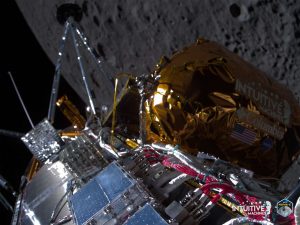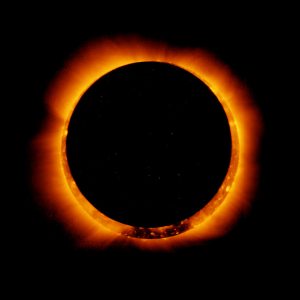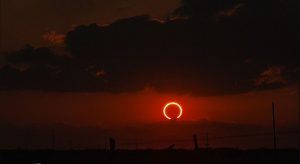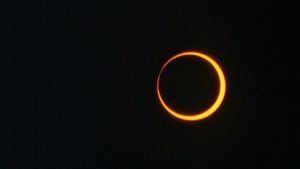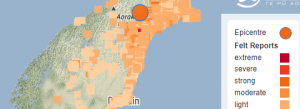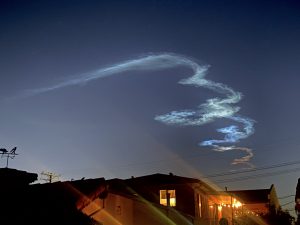Stargazers will be treated with the view of a rare near-total lunar eclipse that is likely to be visible this week and will turn the Moon red.
Auckland’s Stardome Observatory reported that Friday’s event will be the longest partial lunar eclipse that is fully visible from Aotearoa in more than 800 years.
On Friday November 19, the Moon’s face will be 97 per cent covered by the deepest part of the Earth’s shadow, turning the lunar surface briefly red, the observatory said.
Also read: Russia dismisses US claims of risking lives of ISS astronauts
Earlier in May, an eye-catching rare blood supermoon stunned stargazers. This was a total lunar eclipse which occurred at the same time as a supermoon.
A statement from Stardome said that Friday’s near-total eclipse is expected to last for three hours and 28 minutes, making it the longest partial lunar eclipse in Aotearoa since the year 1212.
Also read: Americans won’t be returning to the moon till 2025: Report
“This partial lunar eclipse is unusually long because it’s near total and it’s near apogee, which means the Moon is farthest from Earth in its orbit, which is known as a micromoon,” astronomer Rob Davison said.
“So the Moon travels close to the centre of Earth’s shadow and will stay there for longer than average. Most of the eclipse will be dominated by the shadow moving across the Moon, with a brief period where it will appear as a blood micromoon in our night sky.”
Also read: Researchers claim unknown presence blocking cosmic rays at the core of the Milky way
Weather permitting, sky gazers will be able to see the near-total eclipse begin very soon after moonrise at around 8pm. They will then see Earth’s shadow gradually cover the surface of the Moon as it rises higher in the sky.
The red colour will be visible once the vast majority of the surface is in shadow, which will peak just after 10pm. The shadow will then gradually recede until the partial phase ends shortly before midnight, he said.
Also read: Black hole, hidden in star cluster, discovered in neighboring galaxy
According to Davison, the Moon will be only a few degrees away from Matariki in the sky, and they will rise at a very similar time.
Nasa will also have a livestream of the lunar eclipse available for people to watch.

